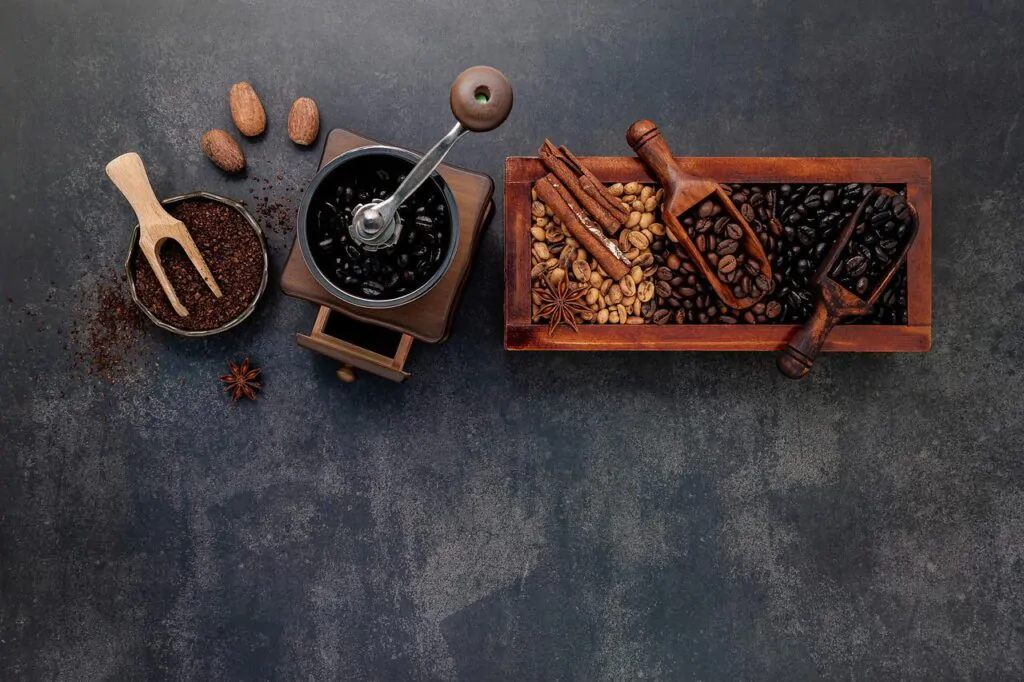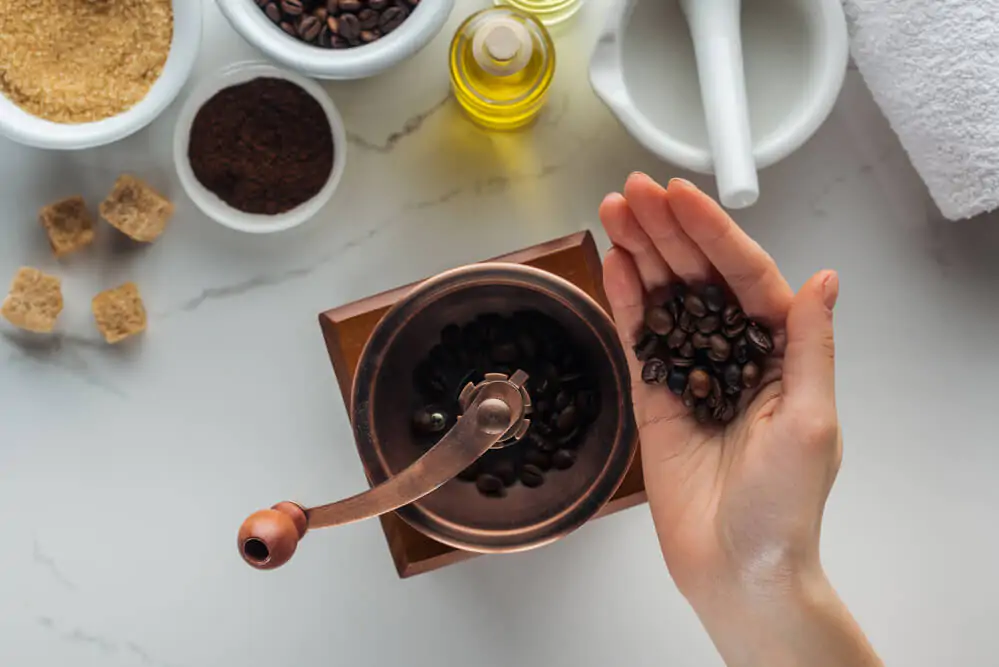A coffee grinder finely processes your coffee beans when you dry grind. So you might be wondering, “Can I use a coffee grinder for wet grinding, as well?” Read on to find out.

It looks like a food processor acts like one, and sounds like one. Surely you can use a coffee grinder to wet grind stuff, right? In hindsight, you can certainly use it for that, but it isn’t the best idea.
I would not recommend using a coffee grinder for wet grinding unless you want to spend another fifty bucks to buy a replacement. To understand why we’ll have to discuss what wet grinding is first.
What Is Wet Grinding?
Wet grinding reduces substances or ingredients into a finer form, using water as the base and assisted with a mechanical apparatus (the blade or the burr of the coffee grinder) to give you a slurry milkshake-like end product. This method is perfect if you’re looking to make pastes or batters.
Wet grinding is commonly used to process food such as chutney, curry paste, or even peanut butter. The kitchen appliance you should use for grinding can be a blender, a food processor, or a tabletop wet grinder. If you’re a bit tight budget-wise and need to wet grind, a traditional mortar and pestle will do the trick.
On the other hand, dry grinding functions the same but without the water base. This is ideal if you aim to produce finer bits of a substance to use as an ingredient or a condiment.
Determining what type of grind you’ll have to do will allow you to process better food and help you choose which equipment is preferable.
Wet Grinding And Coffee Grinders Don’t Mix
Coffee grinders are designed for dry grinding as their blade or burr is not built to work on wet objects. You will not get the same consistency you’re looking for in a paste or batter, and it will affect the quality of the taste as well.
Another issue with wet grinding on coffee grinders is that some residues may clog the machine, consequently damaging its gears and motors. There’s also a good chance the water will make its way to its interior, which can fry up its electrical components and turn into an active fire hazard.
It’s also a pain to clean the machine after each wet grind and is very time-consuming. It’s easy with the removable parts as you can wash the blades and the lid with a brush, but you’ll find that the grinder’s interiors, every nook, and cranny, are covered in damp residues. Good luck trying to scrub it all out.
Wet Grinding And Coffee Beans Don’t Blend

Don’t even attempt to wet-grind coffee beans in a coffee grinder! The beans tend to be harder than usual when wet, and it would most likely dull your blade or burr if you grind it so. As you may know, a dull blade will affect the taste of your cup of Joe.
In addition, wet grinding doesn’t improve the flavor of your coffee as it loses its aroma compound during the process. The beverage’s taste comes from the oils released when the beans are grounded, and adding water to it will spoil it.
FAQs On Can I Use A Coffee Grinder For Wet Grinding
Can I Use A Blender Or A Food Processor To Grind My Coffee Beans?
Yes, you can! A blender or something similar is ideal for wet grinding, and it’s perfectly okay for dry grinding. You can learn more about how to grind coffee beans with a blender, or can you grind coffee beans in a food processor?
What Can You Grind With A Coffee Grinder?
Aside from coffee beans, you can also use it to dry grind spices, condiments, flour, and even herbs which you can brew into tea!
Is A Manual Coffee Grinder Safer For Wet Grinding?
Yes, it is safer since it has no electrical components, but it will still affect the quality of the paste or batter in terms of taste, texture, and consistency. In addition, it’s still going to be a chore maintaining it since you have to clean it after each use.
